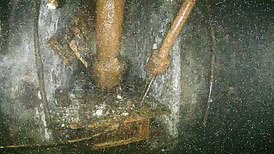A power company co-founded by Microsoft’s Bill Gates has announced plans to begin building a new type of nuclear power plant in the United States this summer.
TerraPower revealed plans to apply for the necessary permits this month to begin construction of a next-generation nuclear reactor in early June in Kemmerer, Wyoming.
The Washington-based company has received an estimated $1 billion in funding from private investors, which will be combined with the $2 billion pledged by the U.S. government.
The reactor is unique in the world of nuclear power because it is cooled with liquid sodium rather than water – an effective strategy, but one that has proven dangerous in some cases due to the explosive reaction sodium if it comes into contact with water.
TerraPower’s announcement puts it in a nuclear energy race against Russia and China.
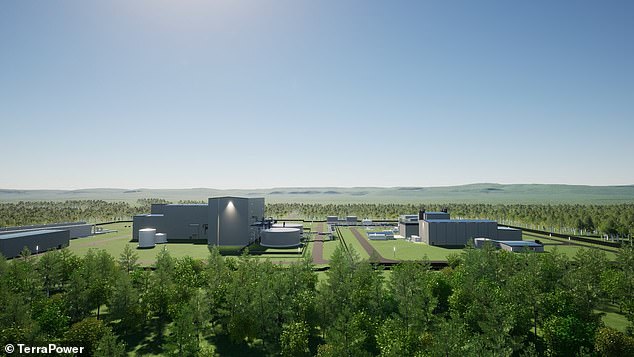
This concept image shows what TerraPower’s nuclear power plant complex could look like once construction is completed in Kemmerer, Wyoming.


Microsoft founder Bill Gates co-founded TerraPower “to take steps toward developing advanced nuclear energy to meet growing electricity needs, mitigate climate change, and lift billions of people out of poverty “.
Both superpowers are working to develop and export cheaper reactors, and Natrium’s reactor represents TerraPower’s attempt to enter this market, the Financial Times reported.
In December, the company signed an agreement with Emirates Nuclear Energy Corporation.
The deal will see TerraPower explore the use of its Natrium reactors not only to generate electricity in the UAE, but also to produce hydrogen – a notoriously energy-intensive process.
TerraPower CEO Chris Levesque told the FT that they plan to apply for the necessary permits this month to begin construction in June, but whether or not the company has received approval yet, it will begin building at this moment.
The Nuclear Regulatory Commission is responsible for approving the construction of new nuclear power plants.
The next-generation reactor, called “Natrium,” can be built for half the cost of water-cooled reactors, the standard nuclear technology for decades, Lévesque said.
Due to the design of the Natrium reactor, most of the initial construction phase will not involve any parts of the reactor itself, but will instead focus on the support structures.
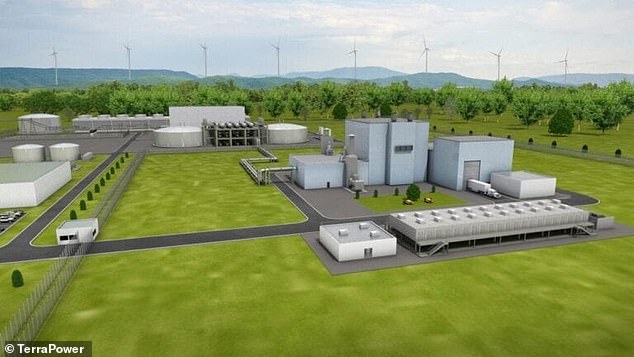

Another conceptual image of the nuclear power plant proposed by TerraPower. Large storage tanks assist in sodium cooling equipment.
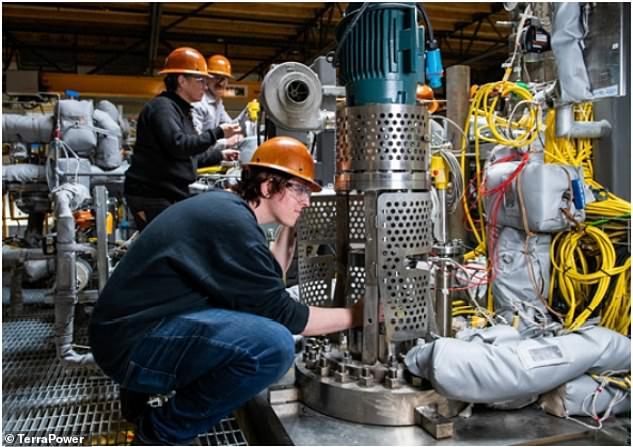

TerraPower scientists are working on the sodium cooling system, an innovative and affordable technology that also presents new dangers compared to conventional water cooling.
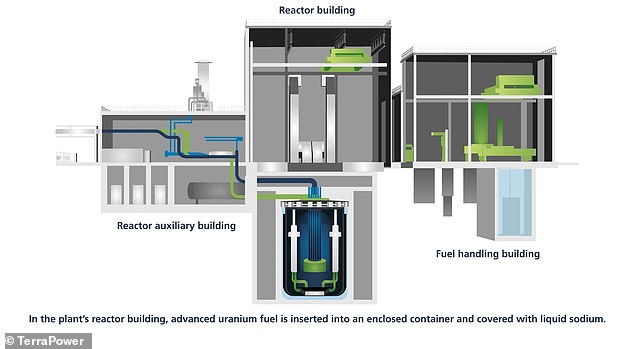

The reactor building is located away from the sodium storage facility, which aims to reduce the facility’s “nuclear footprint”, that is, the amount of equipment exposed to radiation . In this diagram, the reactor is in the center and at the bottom.
According to the company’s website: “TerraPower was founded by Bill Gates and a group of like-minded visionaries who decided that the private sector needed to act in the development of advanced nuclear energy to meet the growing need for electricity, mitigate climate change and lift billions of people out of poverty. .’
Nuclear power does not have the same carbon emissions problems as other power plants, especially coal.
But this poses new problems, because spent nuclear waste remains dangerously radioactive for thousands of years.
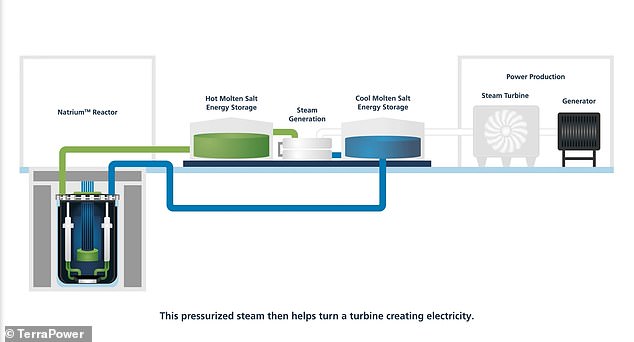

Liquid sodium cools the reactor, while storing heat as a sort of “thermal battery”, so the plant can easily increase or decrease electricity production depending on the needs of the grid, without needing to change the reaction nuclear.
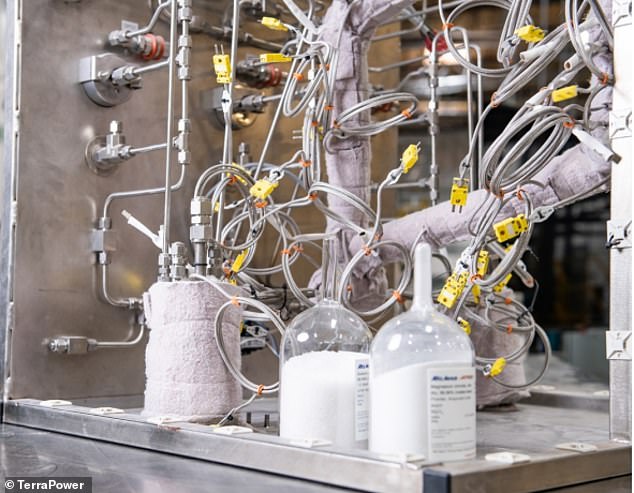

Liquid sodium produces hydrogen when it comes into contact with water, and the hydrogen then reacts explosively. This laboratory equipment is part of TerraPower’s experiments to prove the technology.
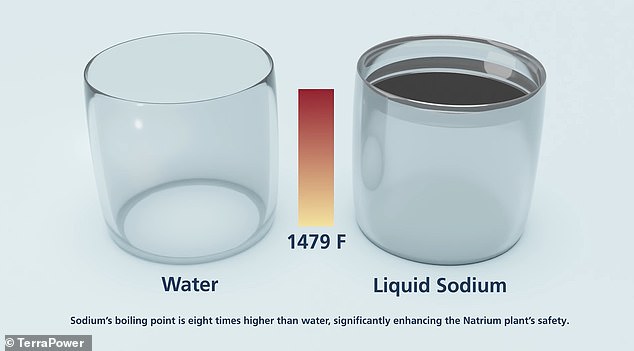

The advantage of using sodium rather than water to cool the nuclear reactor is that it does not boil, even at high temperatures. Water is the classic coolant in nuclear reactors.
There has not been a sodium-cooled reactor in the United States since several experimental reactors were attempted in the 1960s and 1970s.
After several failures, including a partial meltdown of Fermi 1 in Michigan in 1966, all of these reactors were taken out of service and most were replaced by conventional boiling water reactors.
In 1995, the Monju nuclear power plant in Japan suffered a fire caused by a sodium leak in its cooling system.
The ensuing cover-up, involving falsified reports and edited video footage of the accident, was so shameful that government investigator Shigeo Nishimura committed suicide after discovering it.
“When you use liquid sodium as a coolant instead of water, it’s a game changer,” Lévesque told the FT, noting that because it boils at almost 900°C it can be operated much cheaper than water-cooled reactors.
“Sodium plants will cost half of what light water reactor plants cost.” . . and we are moving our project forward quite aggressively,” he said.
The Wyoming reactor will be a demonstration project, but once completed, it will become a commercial electricity provider, TerraPower said.
The plant is expected to be operational by 2030.

